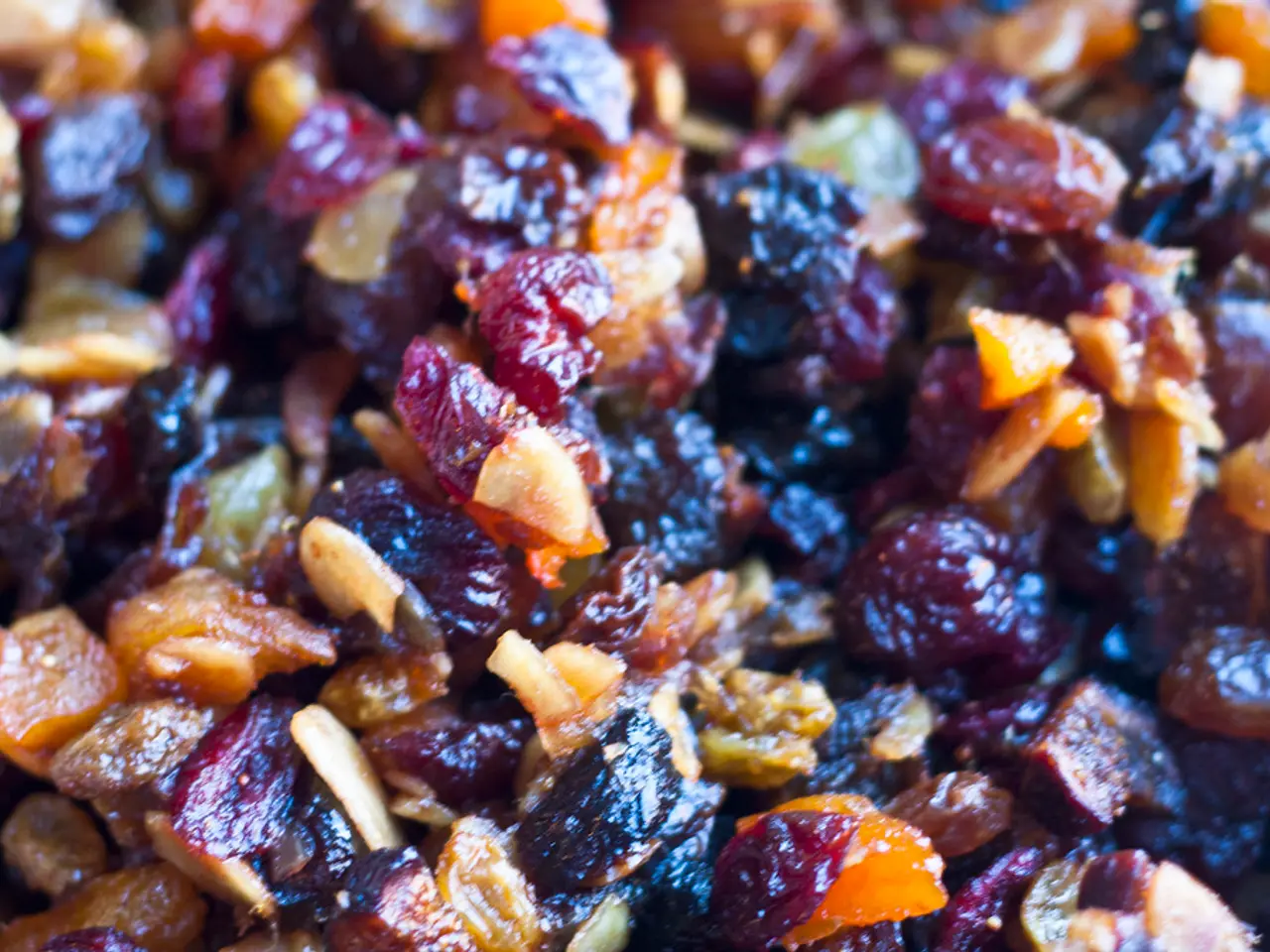Food Sales of Starch in the Market Predicted to Reach a Whopping USD 37.4 Billion by 2034
The food starch market is poised for significant growth in the coming years, driven by a rising demand for clean-label and gluten-free products, as well as the increasing popularity of plant-based and allergen-free foods.
Starch, a key ingredient in baked goods and sweets, plays a central role in enhancing the softness, crispness, and shelf life of these products. Its versatility extends beyond the kitchen, with applications in processed and convenience foods, pharmaceuticals, and biodegradable packaging.
Technological advancements, such as enzyme and physical modification techniques, are enhancing starch functionality, further supporting market growth. However, challenges persist, including the limited heat and shear stability of native starch and raw material price volatility.
The food starch market is projected to grow from USD 27.76 billion in 2025 to approximately USD 50.34 billion by 2034, expanding at a compound annual growth rate (CAGR) of about 6.7% over this period. The industrial starch market, which includes food starch applications, is expected to reach USD 164.35 billion by 2034.
Regionally, North America is anticipated to lead the native starch segment in 2025 due to strong demand for gluten-free products. The Asia-Pacific region holds a significant position in the food starch market, with its food starch segment valued at USD 10.5 billion.
Corn remains the most lucrative starch source due to its cost-effectiveness and functional suitability, while powdered forms dominate due to their ease of use and shelf stability. Modified starches are gaining traction for specialized food and industrial uses, driven by clean-label trends and sustainability goals.
In the bakery and confectionery segment, starch accounts for 29.8% of the market. Starch functions as an emulsifier and binder in processed meats. Its powdered form is the most commonly used, accounting for 86.2% of total consumption. Pre-gelatinized and modified starches enable quick thickening in ready-to-eat mixes.
Maize starch is favored for its neutral flavor, digestibility, and suitability across various applications. Modified starches engineered for heat resistance, solubility, and stability under acidic or mechanical conditions are becoming increasingly popular. These modified starches are used in frozen foods for maintaining texture and preventing syneresis.
Food starch is also used as a thickening and stabilizing agent in sauces and soups. Its widespread popularity stems from its ease of handling, long shelf life, and seamless integration into both dry and liquid formulations.
The food starch market's CAGR is 5.3% between 2025 and 2034. In 2024, the Asia-Pacific region holds a 47.4% share in the global food starch market, valued at USD 10.5 billion. The Middle East & Africa region is seeing a gradual increase in food starch usage.
Latin America is showing promising growth in the food starch industry. Europe's market growth remains steady, particularly in countries promoting clean-label and plant-based diets. North America holds a substantial share in the global food starch market.
The global food starch market is projected to reach approximately USD 37.4 billion by 2034. As the demand for clean-label, gluten-free, and plant-based foods continues to grow, it is expected that the food starch market will continue to expand and evolve.
Sources: - OpenPR, Native Starch Market Forecast 2025-2035 - OpenPR, Industrial Starch Market to 2034 - MarketsandMarkets, Modified Cassava Starch Market - For Insights Consultancy via OpenPR, Food Starch Market 2025-2034 - Other various sources as cited in the original bullet points.
- This growth in the food starch market offers potential opportunities for investors interested in business ventures related to clean-label, gluten-free, and plant-based food products.
- To secure personal-finance gains in this sector, one could consider building an investment portfolio that includes companies specializing in processing, modifying, or producing starch, especially those that cater to the growing demand for clean-label and sustainable solutions.




